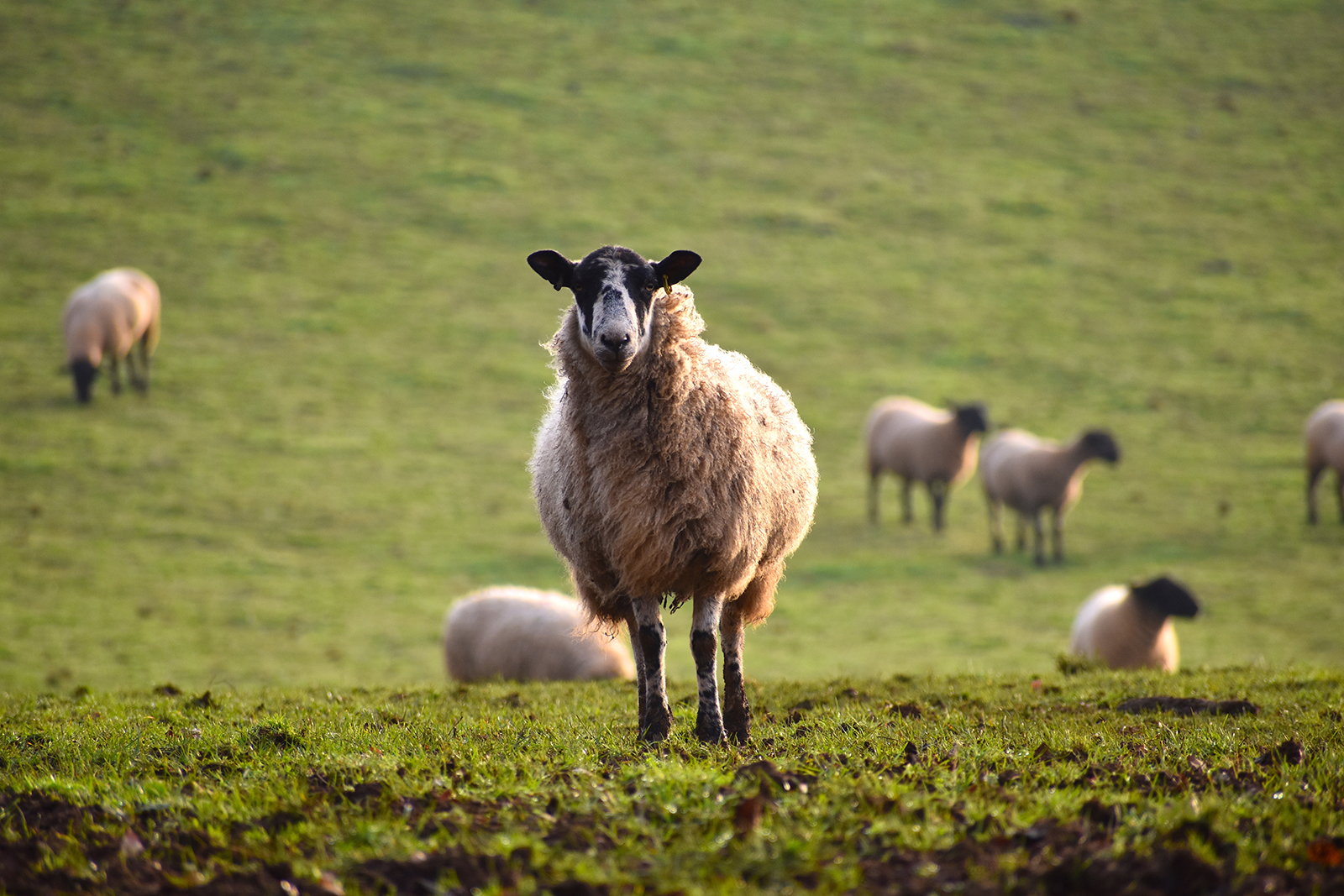It is impossible not to notice the majestic and elegant tower, belonging to the parish church, that soars above the town from almost every viewpoint. Until the Reformation known as St. Catherine’s, this is one of the finest ‘wool’ churches in all England. Each of the twelve lime trees leading from the main entrance represents one of the apostles. They date from the 17th |century. The nave dates from 1488. It is a church with a grandeur quite disproportionate to the size of its congregation, but ‘wool’ churches were reflections of wealth from wool, as much as temples to the glory of God. Yet the decoration here is plain, the magnificence of the interior deriving from its spaciousness and the grace of its proportions. The gigantic tower arch, for example, looms over the nave and yet blends almost invisibly into the building’s fabric. There are several monuments worthy of close inspection – the brass to William Grevel, the wool merchant, who died in 1401, ‘flower of the wool merchants of all England’ resting his feet on a staple of wool, is concealed beneath a carpet in the chancel; the Renaissance tomb of Thomas Smythe, once owner of the manor, which he sold to Sir Baptist Hicks, Lord Campden, the other great Campden merchant, whose tomb, and those of his family, occupy the south chapel. Beneath the tower is one of England’s only surviving set of medieval wall hangings.
The ‘Wool’ Church Of St James


0 Comments